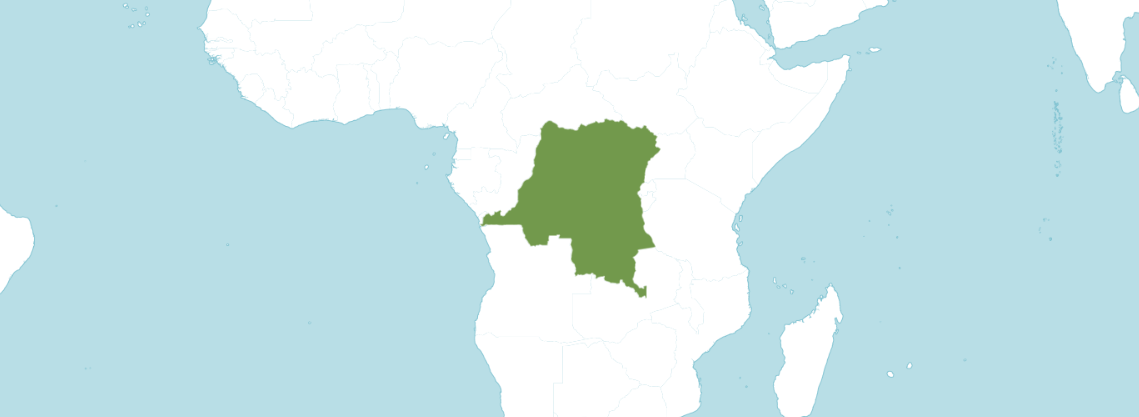AMORPHOPHALLUS BEQUAERTII
ORIGINAL DESCRIPTION:
SYNONYMS:
HOMOTYPIC SYNONYMS: N/A
HETEROTYPIC SYNONYMS: N/A
ACCEPTED INFRASPECIFICS: N/A
DISTRIBUTION: DR Congo (Region was known as the Belgian Congo when species was described) | Between the towns of Beni and Lesse
CLIMATE: N/A
ECOLOGY: Primary forest on the banks of the Semliki River.
SPECIES DESCRIPTION:
Herbaceous species with a bulbous tuber measuring up to 6 cm in width and 3.5 cm in height. From the top of the tuber arise fine, velvety rootlets. The plant produces a single leaf, borne on a petiole up to 18 cm long. At the petiole base is a scarious, membranous sheath approximately 1 cm in length. The leaf blade is pedate, divided into three primary segments, with the two lateral ones further bifurcating roughly 3 cm from the apex of the petiole. The leaflets are glabrous and papery when dry, elliptic to lanceolate-obovate in shape, and acuminate with an acute-apiculate tip. They range from 7 to 31 mm in width and may reach up to 12 cm in length. The venation is characterized by distinctly arched lateral nerves that anastomose toward the margin, with a clearly defined intramarginal vein located approximately 2 mm from the leaf edge.
INFLORESCENCE:
The inflorescence is borne on a glabrous, non-tuberculate peduncle ranging from 43 to 88 cm in length. At its base, the peduncle is sheathed in bracteate cataphylls that may extend up to 27 cm long. The spathe is erect, measuring 12 to 15 cm in length, with the lower 7 to 10 cm convolute around the spadix. The spathe blade is wedge-shaped and does not spread at anthesis. The spadix exceeds the spathe in length, with a non-floriferous, glabrous terminal appendix that is subacute at the apex, measuring 11 to 17.5 cm long and up to 10 mm wide. The female floral zone is 2 to 2.5 cm long and about 14 mm in width, consisting of dense, subglobose ovaries. The style is absent, and the discoid stigma is papillose, approximately 2 mm in diameter. The male zone measures 20 to 22 mm in length, about the same thickness as the female portion, and features stamens with anthers that are more or less spaced apart.
VARIEGATED FORMS: N/A
ETYMOLOGY: The species epithet bequaertii refers to Belgian born, American naturalist, Joseph Charles Bequaert who worked as a botanist in the Belgian Congo between 1913 and 1915.
NOTES: N/A
CULTIVARS: N/A
HYBRIDS: N/A

